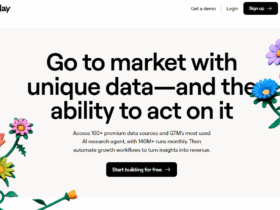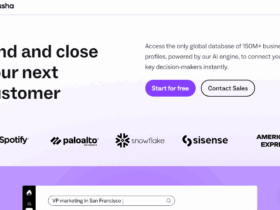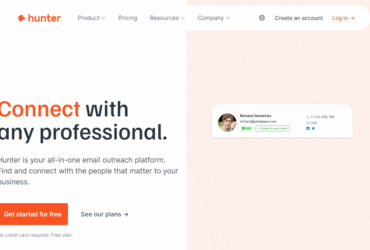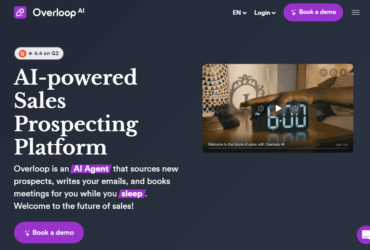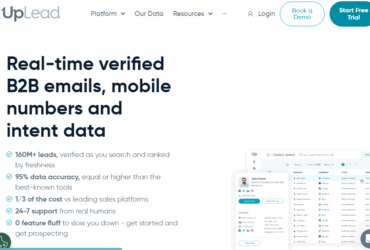Alright folks, let’s get into it—Captiv8 is cool and all, but if you’re like me, always poking around for something fresh or a little more bang for your buck, you’re probably wondering what else is out there in influencer marketing land. I’ve tried, tested, and tinkered with a bunch of platforms this year, and let me tell you, there are some absolute gems out there that rival (or even outshine) Captiv8 in features, usability, and value.
So here it is—my no-BS list of the 29 best Captiv8 alternatives for 2025, with everything you need to know to pick your fave. No fluff, no links, just vibes and real-deal experience.
1. Mavrck

The enterprise king of the hill. Mavrck is like the Tesla of influencer marketing platforms—sleek, powerful, and built for the big leagues.
What I liked:
All-in-one vibes—creator discovery, activation, tracking, even loyalty programs.
Super detailed analytics.
Integration with existing CRMs—huge for big brands.
What I didn’t love:
Clunky for small teams—def a learning curve.
Pricing is more Gucci than Gap.
Best For: Enterprise brands with deep pockets and an army of marketers.
2. The Influence Room
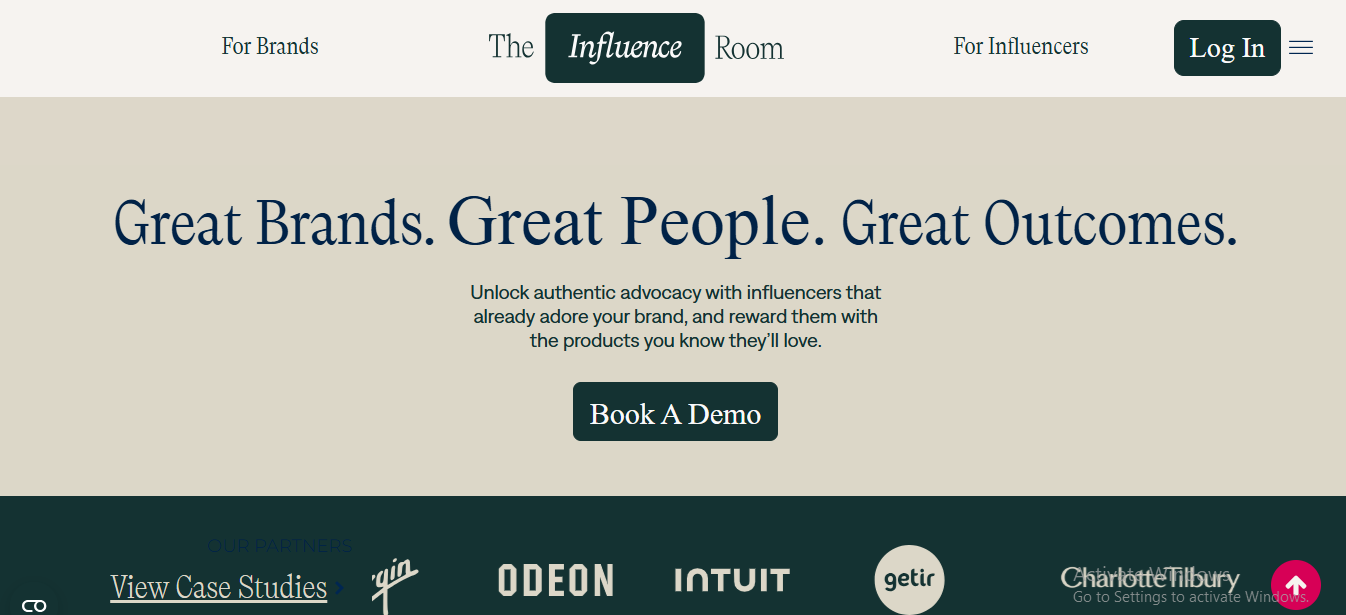
Where brands and creators vibe through mutual value. This one’s less swipe-right-on-a-creator and more matchmaking based on shared goals.
What I liked:
Focus on authentic collabs.
Creators pitch you—game-changer.
Community-focused.
What I didn’t love:
Not the biggest influencer pool.
Can be slow if you’re looking for volume over vibe.
Best For: Brands who want real, meaningful partnerships—not just #ad spam.
3. Grin
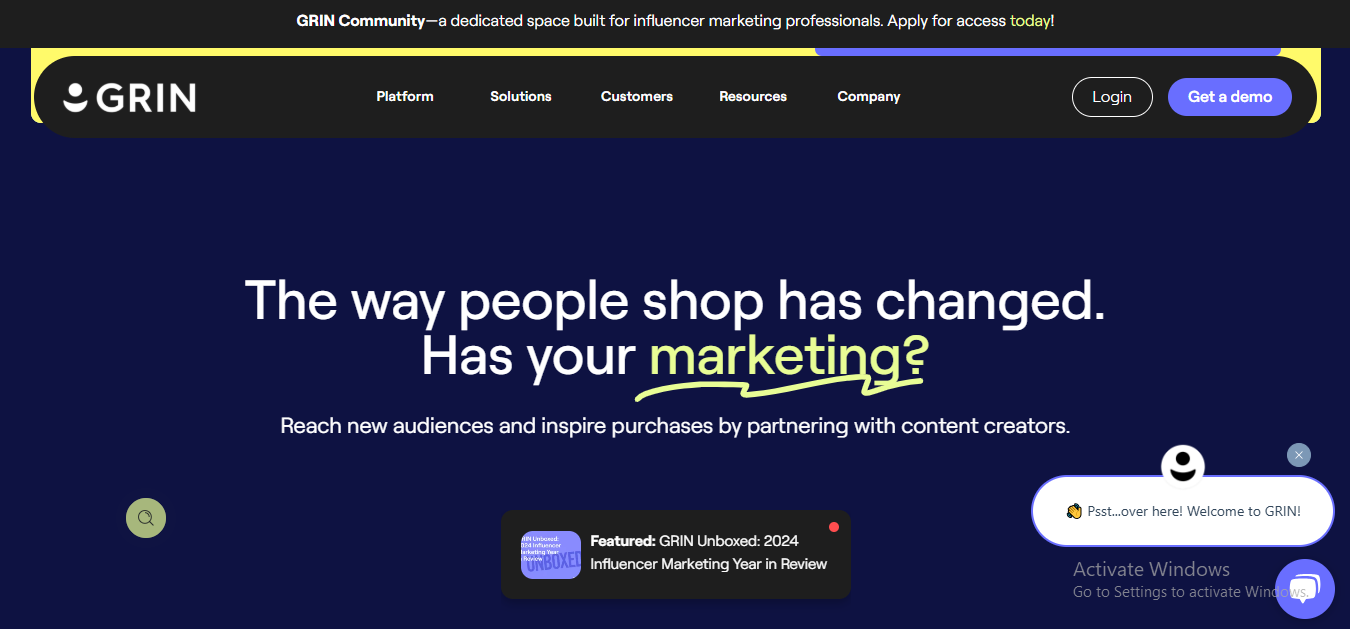
The Shopify of influencer platforms. Grin is made for eComm brands, and honestly, it shows. It’s got everything you need if you’re slingin’ products online.
What I liked:
Seamless eCommerce integrations (Shopify, Woo, etc.).
Solid influencer CRM—manage convos like a pro.
End-to-end campaign tracking.
What I didn’t love:
Bit too eComm-focused—less useful for service-based brands.
Not the cheapest.
Best For: DTC and eCommerce businesses ready to scale up.
4. Influencity
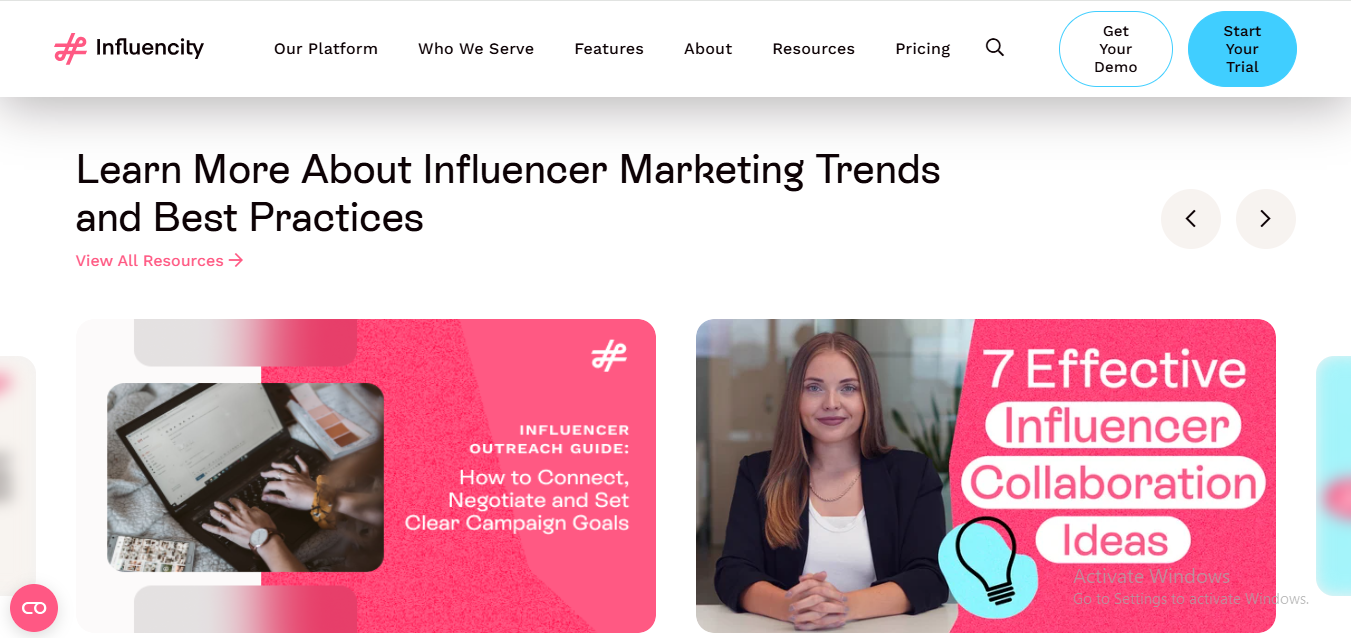
Budget-friendly powerhouse. If you want Captiv8-like vibes without paying Captiv8 prices, Influencity’s got your back.
What I liked:
Wildly detailed audience insights—age, interests, fake follower detection.
Affordable plans that don’t skimp.
Custom campaign workflows.
What I didn’t love:
UI’s not the prettiest—feels a lil 2019.
Customer support can be meh.
Best For: SMBs and agencies that want features without fluff.
5. Hashtag Paid
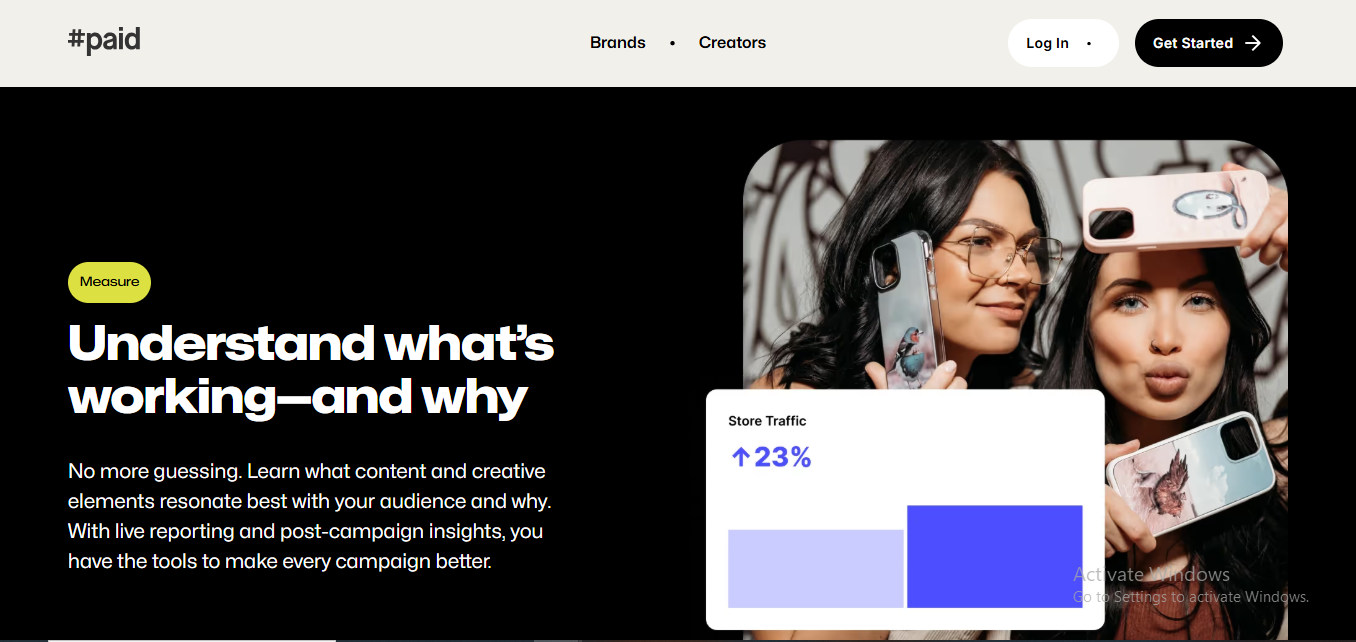
Influencer marketing meets Tinder (kinda). This one’s all about collabs with chemistry. Hashtag Paid matches brands and creators through opt-in invites.
What I liked:
Creators say yes to your campaign—it’s mutual.
Pre-vetted, high-quality influencer pool.
Easy campaign flow, from content approval to reporting.
What I didn’t love:
Not a huge directory—you’re limited to who’s opted in.
Not super customizable if you’re a control freak (me).
Best For: Brands that value creative chemistry over casting a wide net.
6. Lolly
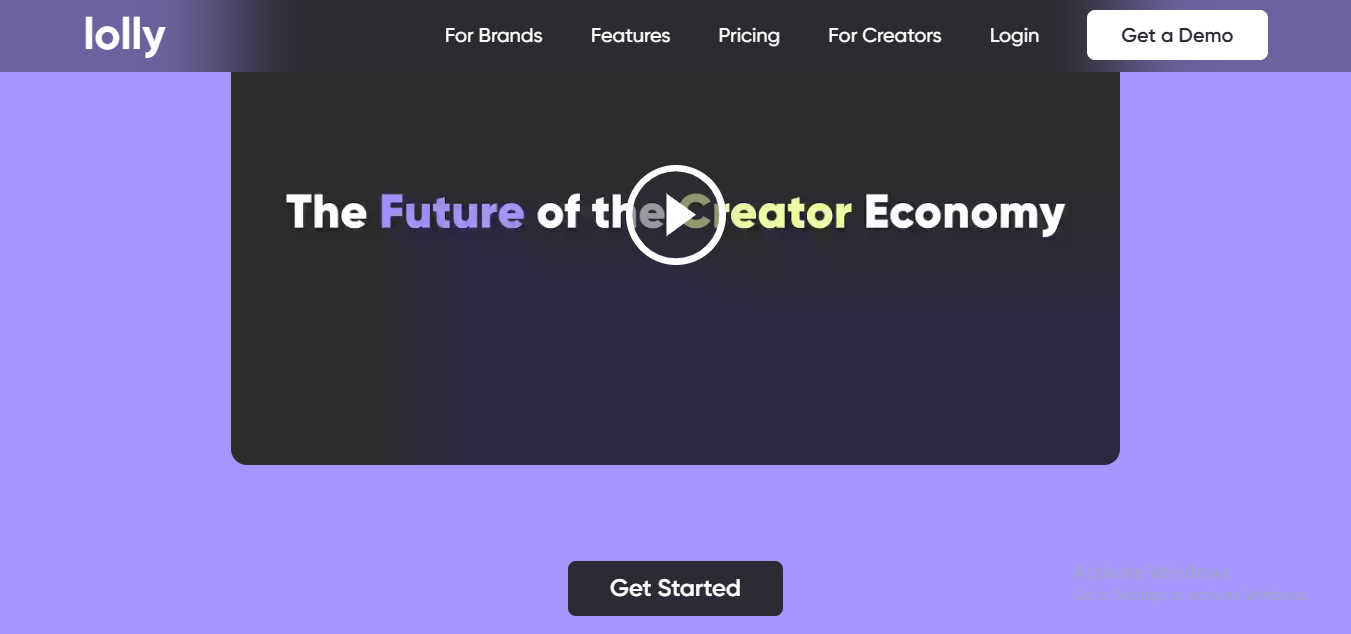
Influencer meets social shopping—hello Gen Z. Lolly blends creator content and social discovery like TikTok with a brand twist.
What I liked:
Perfect for reaching Gen Z with snackable, shoppable content.
Social-first approach to influencer discovery.
Trendy AF.
What I didn’t love:
Not built for B2B or “serious” campaigns.
Still kinda new—limited reach and case studies.
Best For: Youth-focused brands, especially in fashion, beauty, and lifestyle.
7. Aspire
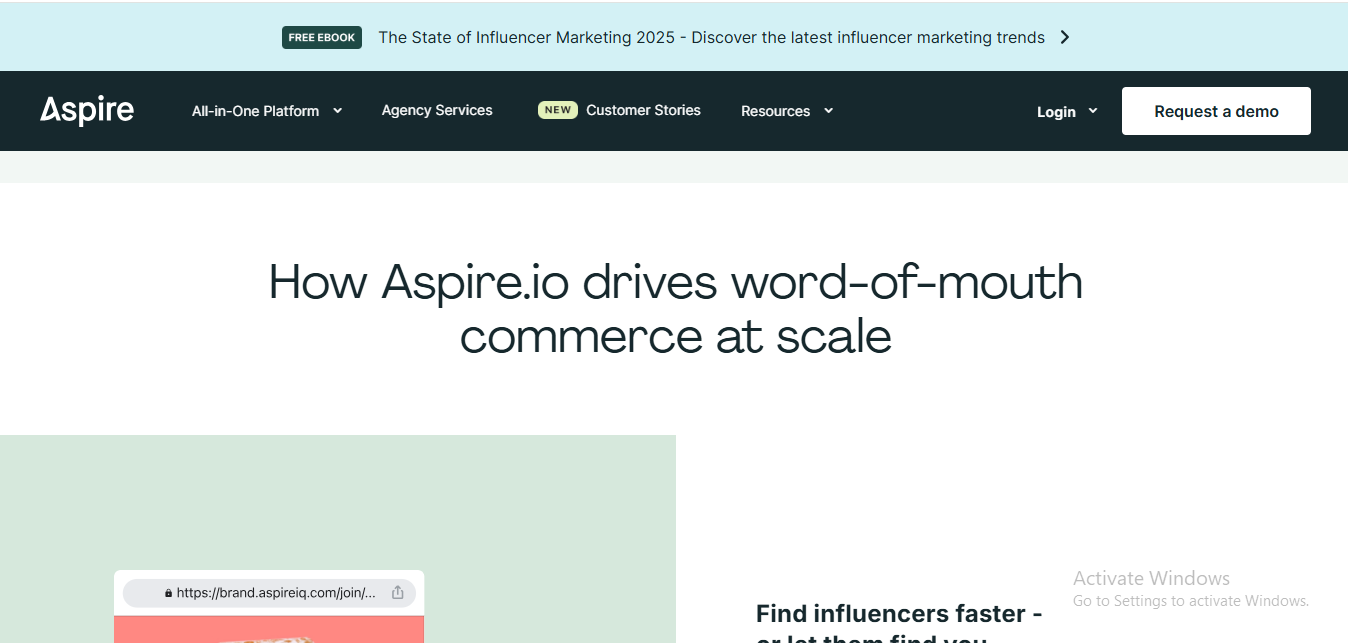
Influencer marketing with major main character energy.
What I liked:
Seriously smooth UI—it’s like butter.
Love the campaign builder—drag-and-drop and boom, done.
Stellar integrations with Shopify, Klaviyo, and more.
Killer for UGC campaigns and affiliate setups.
What I didn’t love:
The pricing jumps fast if you need more creators.
Can feel like overkill for tiny teams.
Best For: Growing eComm brands that wanna scale influencer + affiliate at the same time.
Price Vibe: Mid-to-high tier, but it’s packed with value. Think HBO Max, not cable.
8. The Cirqle
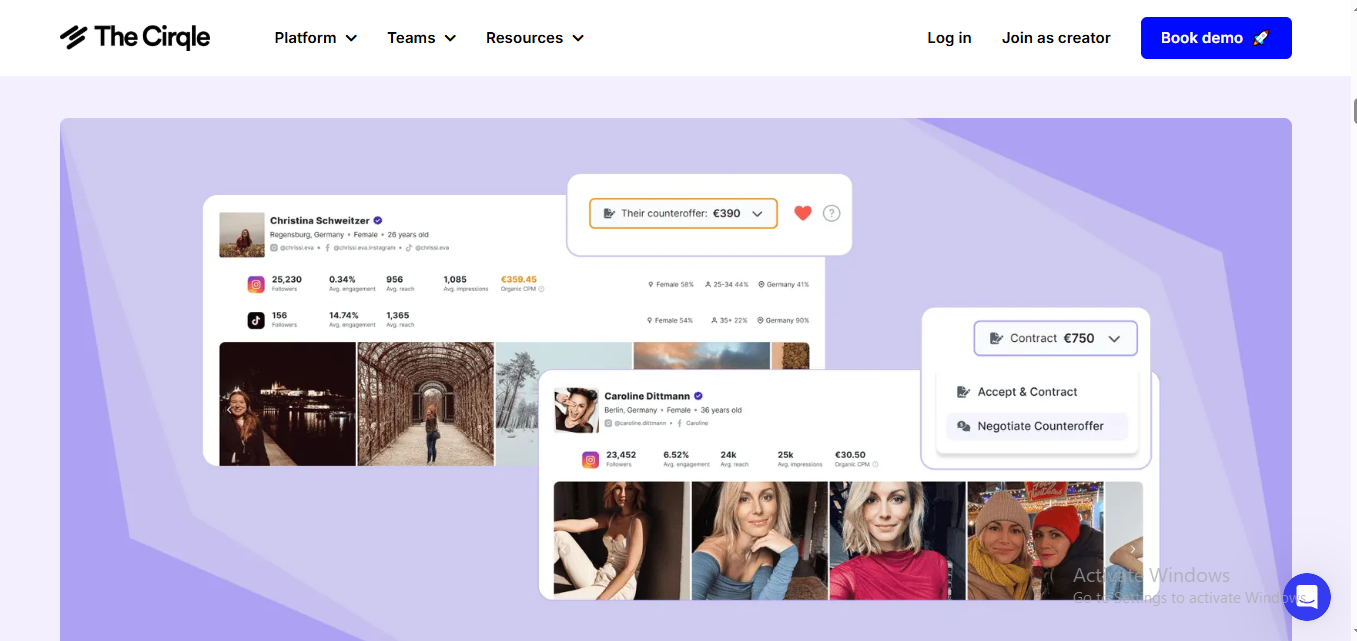
The chic global agency-in-a-box.
What I liked:
100% campaign management if you’re lazy (no shade, I love it).
Global reach—you can find creators in Tokyo or Toronto.
Amazing for paid social + creator content strategy.
What I didn’t love:
Pricing isn’t transparent. Feels a little hush-hush.
Overkill if you just wanna send out some free mascara.
Best For: Bigger brands doing global drops and want the white-glove treatment.
Price Vibe: Custom pricing—translation: “If you gotta ask, it might be too much.”
9. Popular Pays
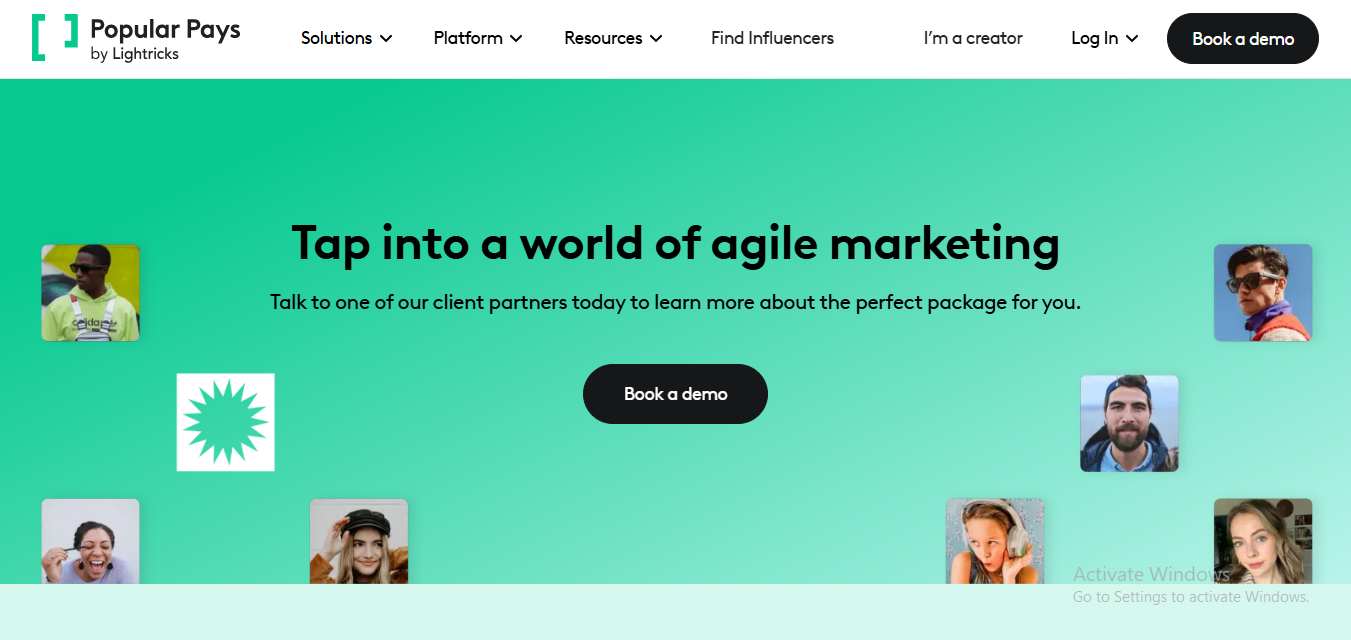
The OG of collab-style influencer content.
What I liked:
Super smooth creative briefs and asset approvals.
Great for snackable TikToks and Reels.
Very “plug-and-play”—easy learning curve.
What I didn’t love:
Influencer discovery is kinda meh compared to others.
Feels more like a creative content studio than full influencer CRM.
Best For: Brands who want to build a ton of UGC and repurpose it for ads.
Price Vibe: Mid-range. You get solid ROI if content is your priority.
10. Collabstr
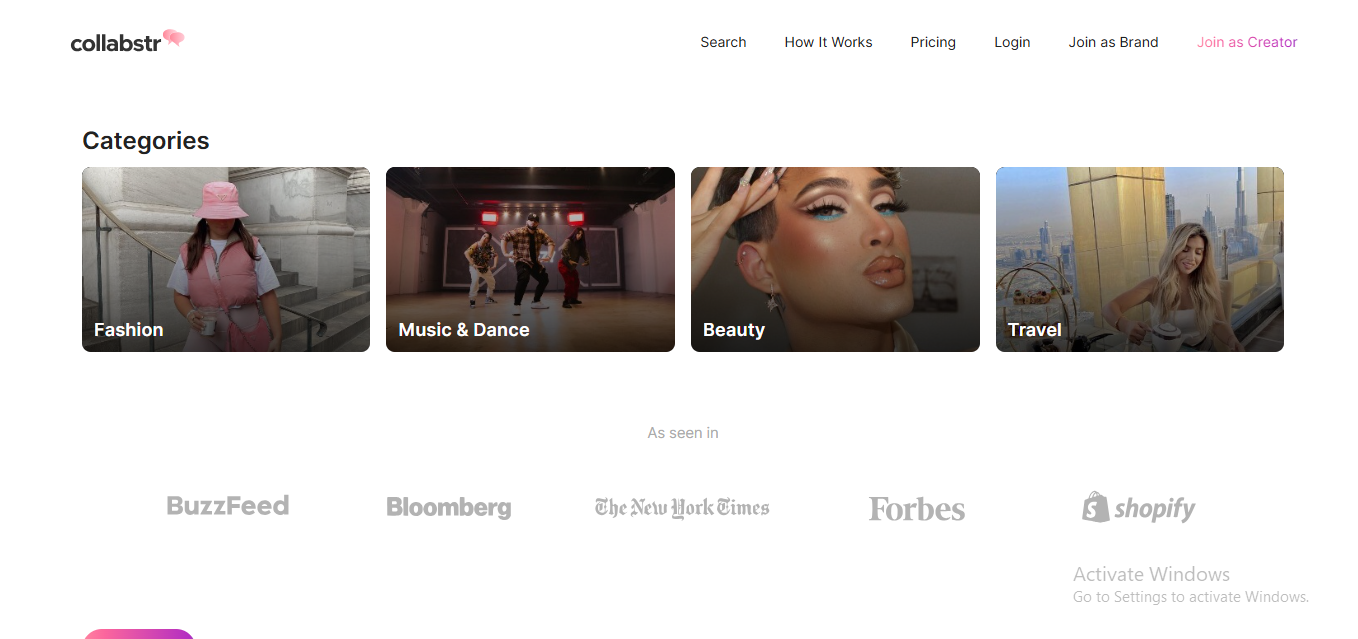
The Fiverr of influencer deals—and I mean that in a good way.
What I liked:
Straight-up marketplace. You can book a TikTok like you’re ordering lunch.
Prices are clear—no mystery math.
Great for micro-influencers and testing new platforms.
What I didn’t love:
No campaign management or deep analytics.
Very DIY—you need to stay on top of creators yourself.
Best For: Small biz owners, creators, or marketers who want fast collabs without the fluff.
Price Vibe: Budget-friendly. Some influencers start at like $50 a post.
11. Kolsquare

The French cousin of your fave CRM—classy and effective.
What I liked:
Super detailed audience stats, even fake follower detection.
Good for both brands and agencies.
Global creator network + multilingual support.
What I didn’t love:
Interface felt a lil corporate for me.
Might be too data-heavy if you’re just starting out.
Best For: Agencies and brands in Europe or doing multilingual campaigns.
Price Vibe: Mid-high, depending on your needs. But feels worth it if you love data.
12. Captiv8
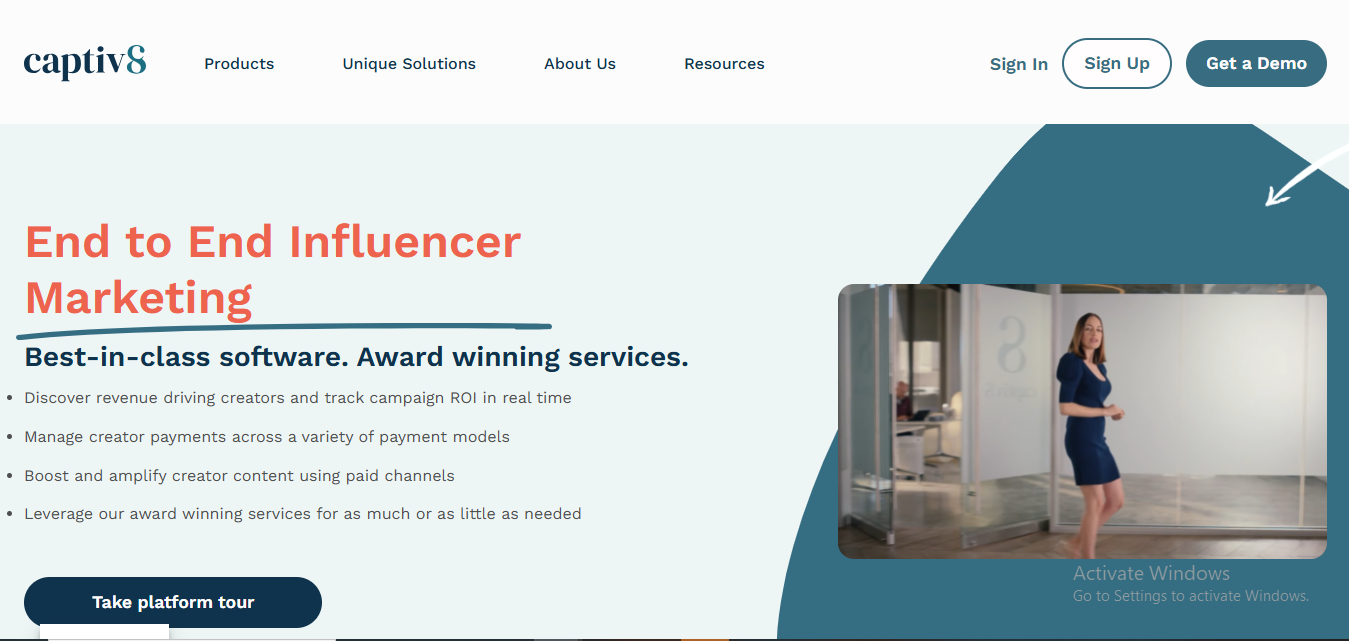
Yup, still giving it a shout—even though we’re doing alternatives.
What I liked:
AI-powered influencer matching = chef’s kiss.
Dashboard is sleek af.
Lots of integrations and campaign formats.
What I didn’t love:
Pricey for what you get—especially if you’re not maxing all the features.
Sometimes the platform tries to do too much.
Best For: Brands that wanna automate and analyze every step of their influencer journey.
Price Vibe: Definitely premium. More like “corporate budget approved” than “startup hustle.”
13. TRIBE
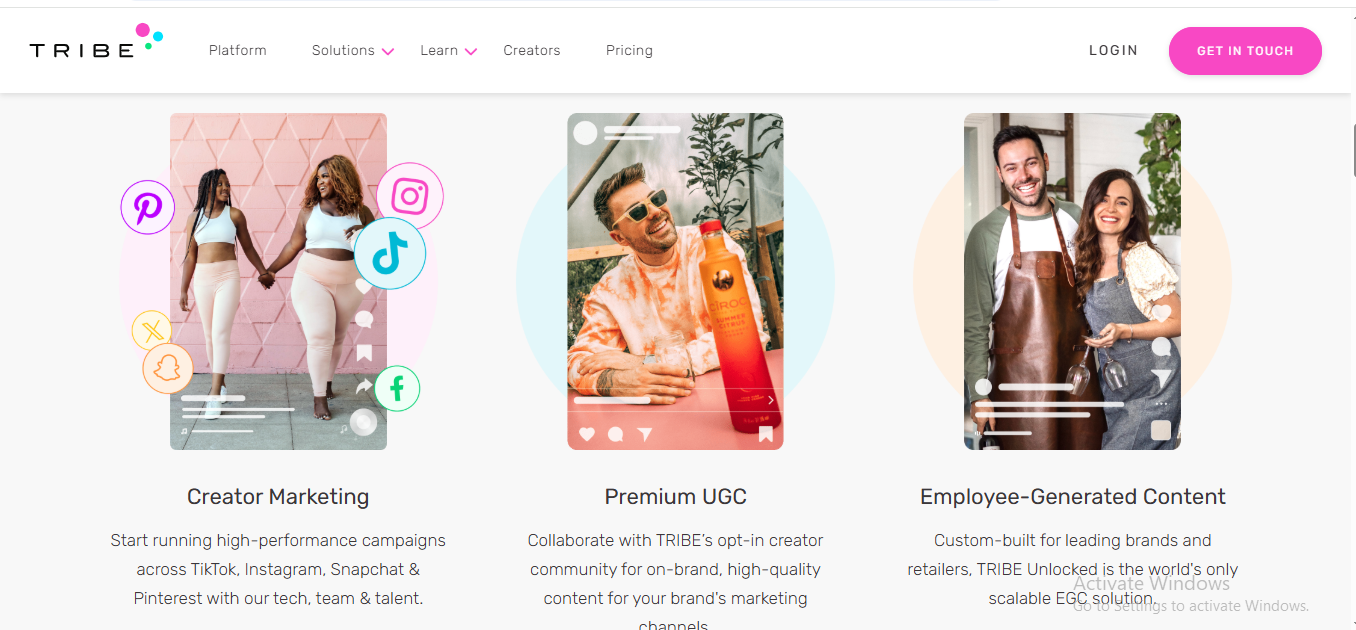
Where creators meet brands faster than you swipe right on Tinder.
What I Liked:
The creator marketplace is straight-up addictive—creators pitch you.
Campaign briefs are super visual, which makes the process less snoozy.
Great for quick, one-off campaigns and UGC.
What I Didn’t Like:
Not the best for long-term collabs or tracking performance post-campaign.
Limited campaign management features—very DIY.
Best For: Brands looking for fresh content fast, without locking into long-term contracts.
Price Vibe: Pay-per-collab. You’re not paying a platform fee—just paying creators. A+ for flexibility.
14. Braze
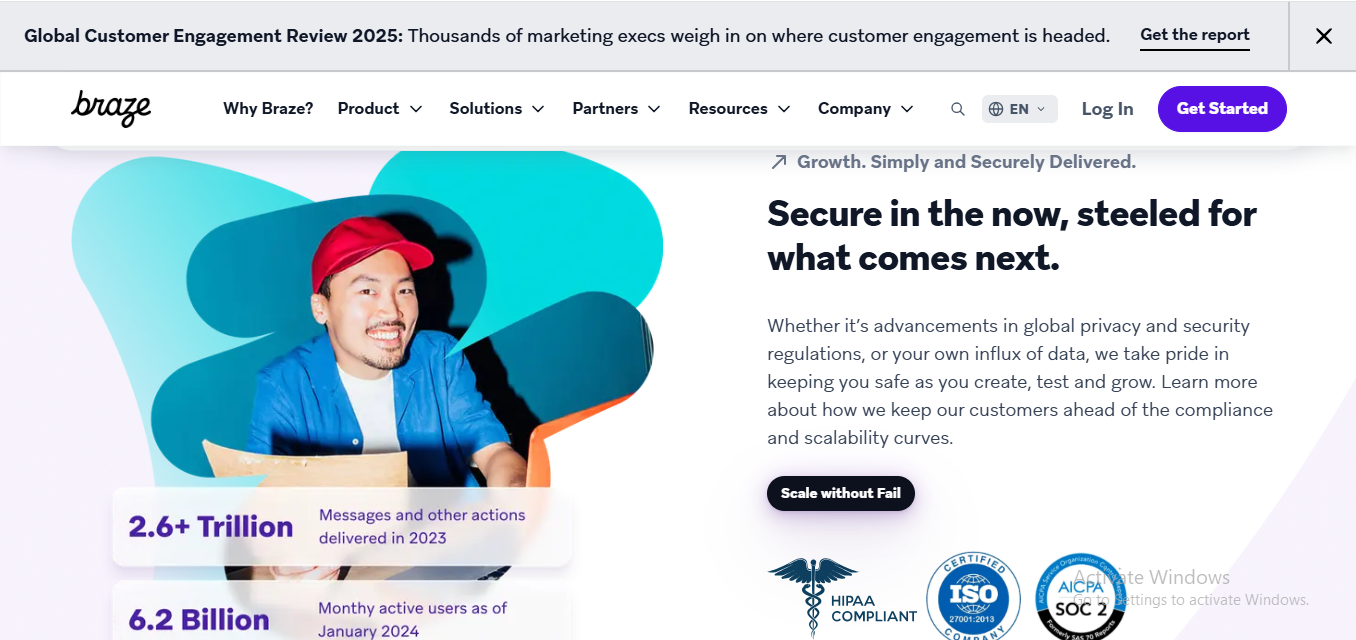
Okay, technically Braze is a customer engagement platform, BUT hear me out.
What I Liked:
Their segmentation and messaging is 💯. You can target micro-communities like a pro.
Pairs nicely with influencer-generated data—think retargeting magic.
Crazy integrations with data tools, apps, and CRMs.
What I Didn’t Like:
It’s not an influencer platform by itself—you’ll need to stack it with another tool.
The setup can be overwhelming if you’re not tech-savvy.
Best For: Teams that want to turn influencer audiences into long-term customers. Basically: influencers get ‘em, Braze keeps ‘em.
Price Vibe: Enterprise pricing. It’s worth it if you’re building a full funnel, but not for solo marketers.
15. IZEA
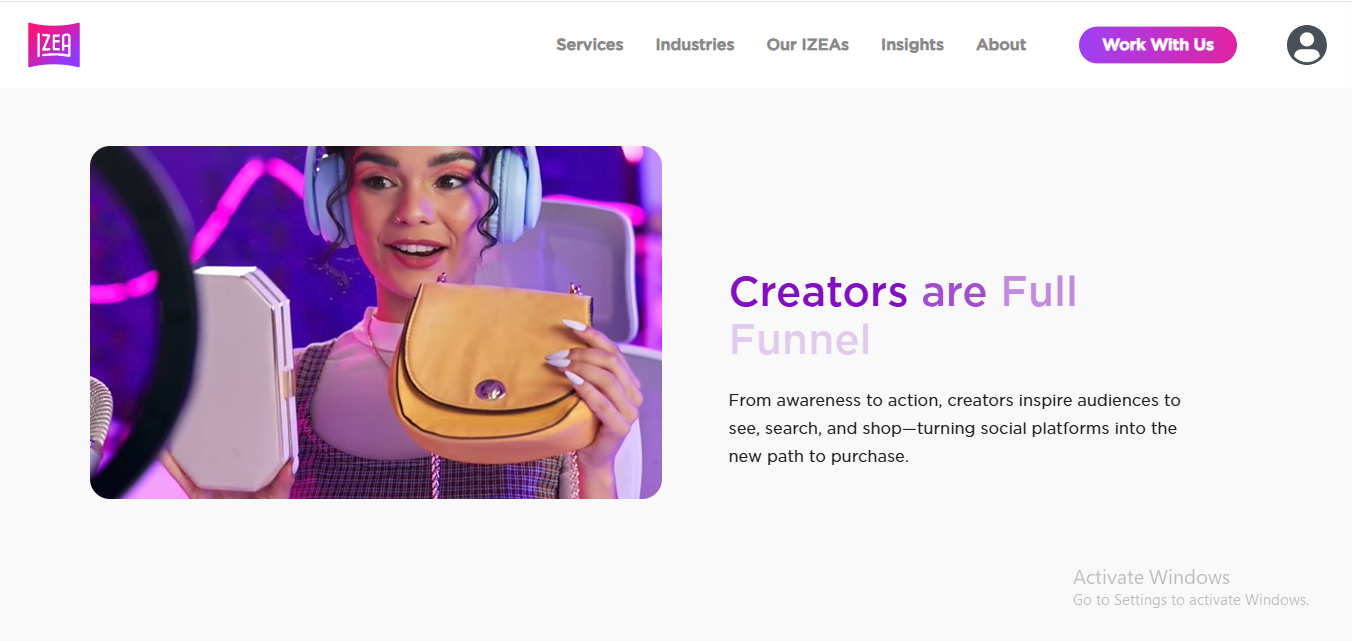
The OG of influencer marketing platforms—like the grandparent that still knows how to rock TikTok.
What I Liked:
Marketplace + managed services = the best of both worlds.
Killer search filters. I found niche creators I didn’t even know existed.
Automated payment system = no awkward “Hey, did you get my invoice?” convos.
What I Didn’t Like:
UI feels a little clunky compared to newer players.
Discovery tools are powerful but can feel overwhelming if you’re new.
Best For: Brands who want full control, but also don’t mind handing over the reins for big projects.
Price Vibe: Scales from self-service to enterprise. The more you want done for you, the more $$$ it’ll cost.
16. Insense
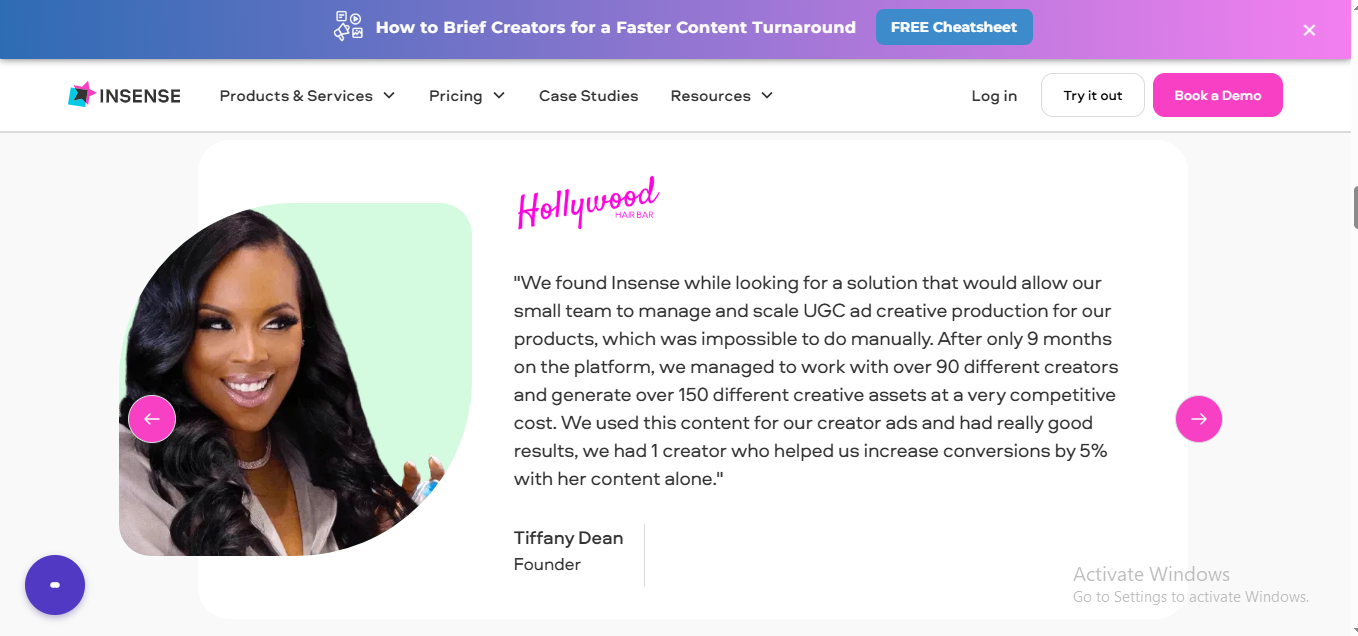
TikTok and Instagram collabs done right—like a creator candy store.
What I Liked:
This platform is built for UGC—like literally, you brief creators and they make content for ads.
Meta and TikTok integration? Yes please.
Ridiculously easy to manage creative approvals.
What I Didn’t Like:
You need to be ad-savvy—this tool leans heavy on paid campaigns.
Not much community-building or long-term partnership stuff.
Best For: Performance marketers looking for scroll-stopping ad content.
Price Vibe: Monthly subscriptions start low, then climb based on campaign size. Pretty reasonable for what you get.
17. Influence.co
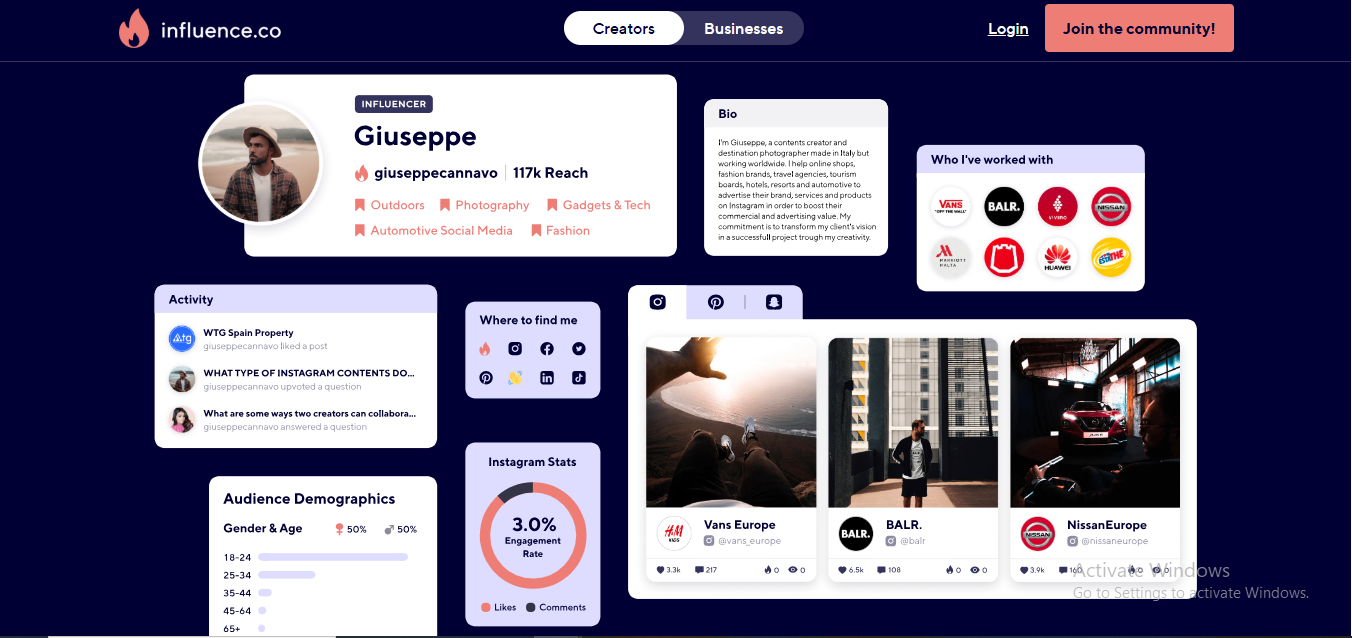
Think of this as the LinkedIn + Behance of influencer marketing.
What I Liked:
Creators have portfolios—like real, juicy, visual resumes.
Great for networking and community vibes.
You can post campaigns and get real-time pitches.
What I Didn’t Like:
Analytics are limited if you’re not on their premium plan.
Doesn’t manage campaigns in-depth—feels more like a matchmaking service.
Best For: Brands who want to build long-term influencer relationships, not just run campaigns.
Price Vibe: Freemium with a solid upgrade path. If you’re serious, go Pro.
18. Influencer.com
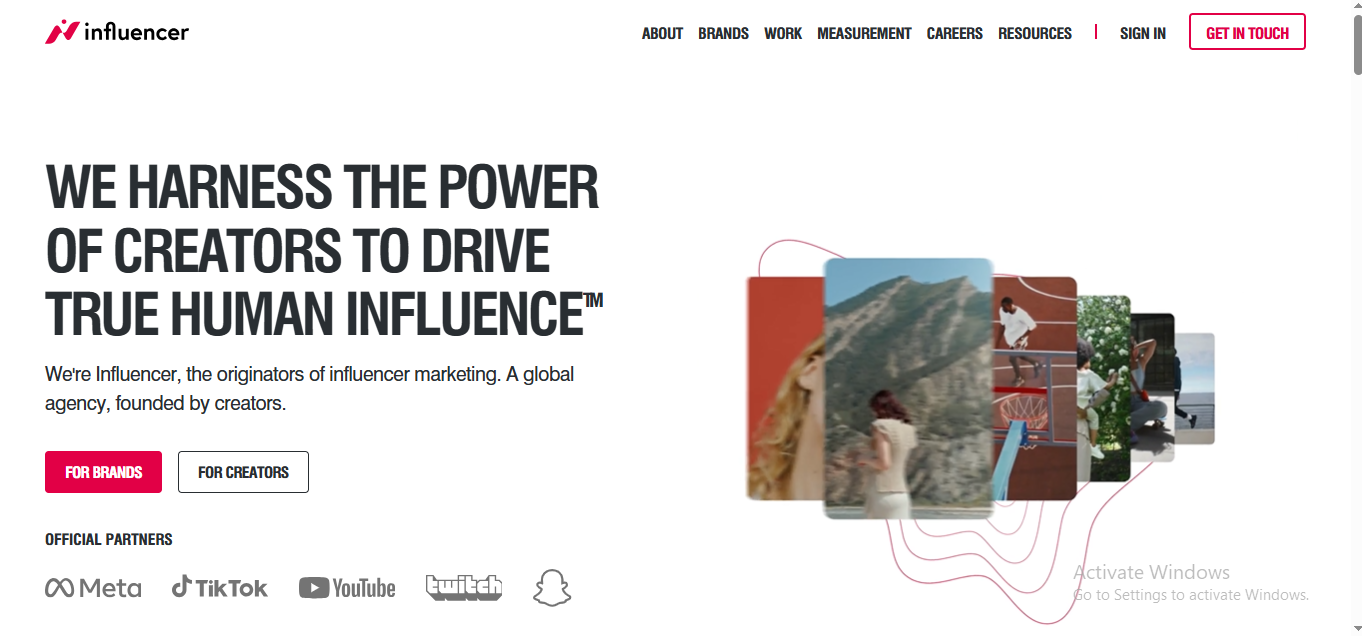
Big energy, polished features, and built for scale.
What I Liked:
End-to-end campaign management, from strategy to execution.
Ridiculously thorough influencer reports—impressions, sentiment, you name it.
They offer “Creator Intelligence” with smart insights. Not just pretty faces—actual performance data.
What I Didn’t Like:
Pricing can creep up real quick depending on features.
The platform has a steep learning curve. Not a weekend setup kinda tool.
Best For: Big brands and agencies that need influencer marketing to hit KPIs, not just collect likes.
Price Vibe: Premium. You’re paying for strategy, data, and scale.
19. Later
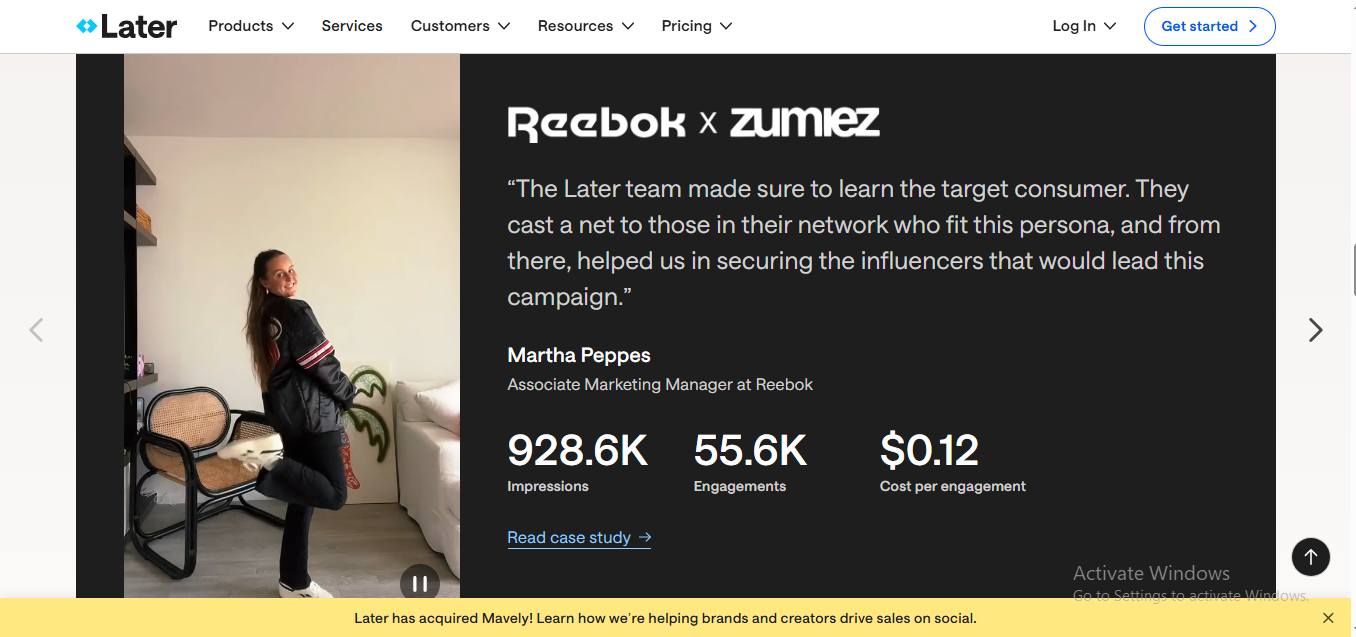
What I Liked:
-
Smooth integration with social media platforms.
-
User-friendly interface.
-
Comprehensive scheduling tools.
What I Didn’t Like:
-
Limited advanced analytics.
-
Some features locked behind higher-tier plans.
Best For: Small to medium-sized businesses looking for a straightforward social media management tool.
Price Vibe: Plans start at $16.67/month (billed yearly), with more advanced features in higher tiers.
20. Shout Agency
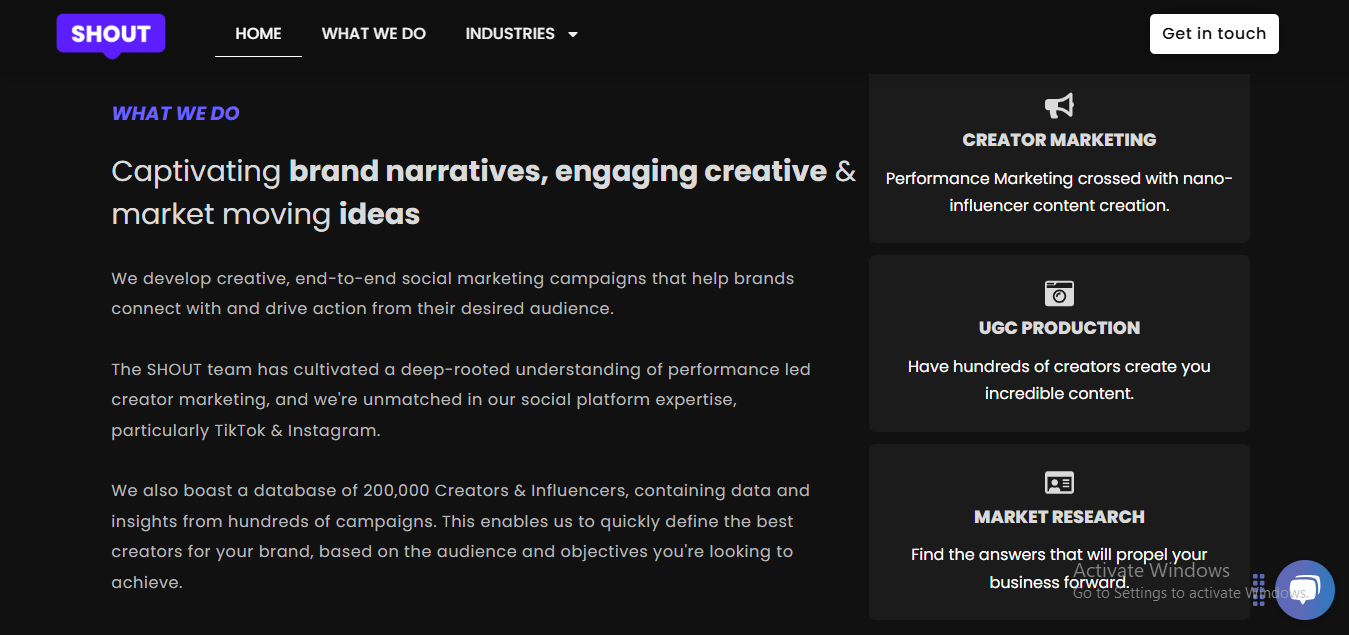
What I Liked:
-
Creative campaign strategies.
-
Strong focus on brand storytelling.
-
Collaborative approach with clients.
What I Didn’t Like:
-
Less emphasis on data analytics.
-
May not suit brands seeking DIY solutions.
Best For: Brands seeking a hands-on agency to craft and execute influencer campaigns.
Price Vibe: Custom pricing based on campaign scope and objectives.
21. Klear
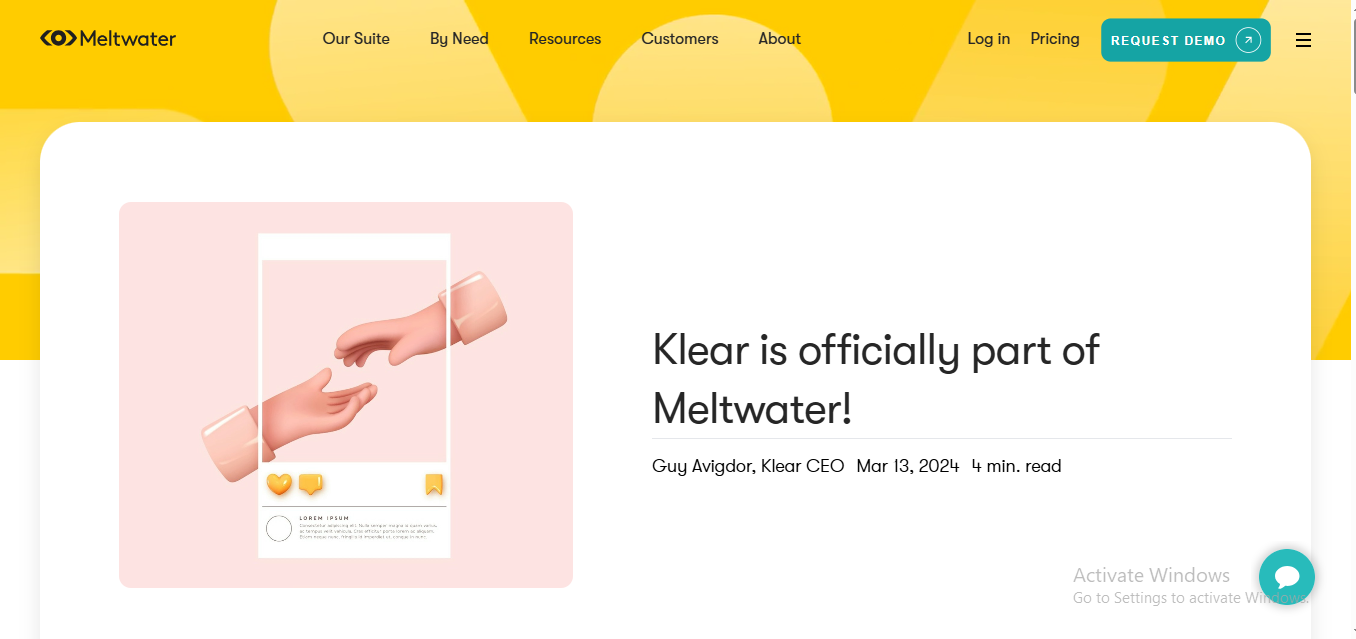
What I Liked:
-
Robust influencer discovery tools.
-
Detailed audience analytics.
-
User-friendly campaign management.
What I Didn’t Like:
-
Premium pricing may deter smaller businesses.
-
Limited integration options with some platforms.
Best For: Mid to large-sized businesses seeking comprehensive influencer marketing solutions.
Price Vibe: Customized pricing based on business needs.
22. Brandbassador

What I Liked:
-
Strong community engagement features.
-
Gamified ambassador tasks.
-
Seamless integration with e-commerce platforms.
What I Didn’t Like:
-
Learning curve for new users.
-
Some features may be overwhelming for small teams.
Best For: Brands aiming to build and manage a loyal ambassador community.
Price Vibe: Tailored pricing based on brand requirements.
23. Shout UGC
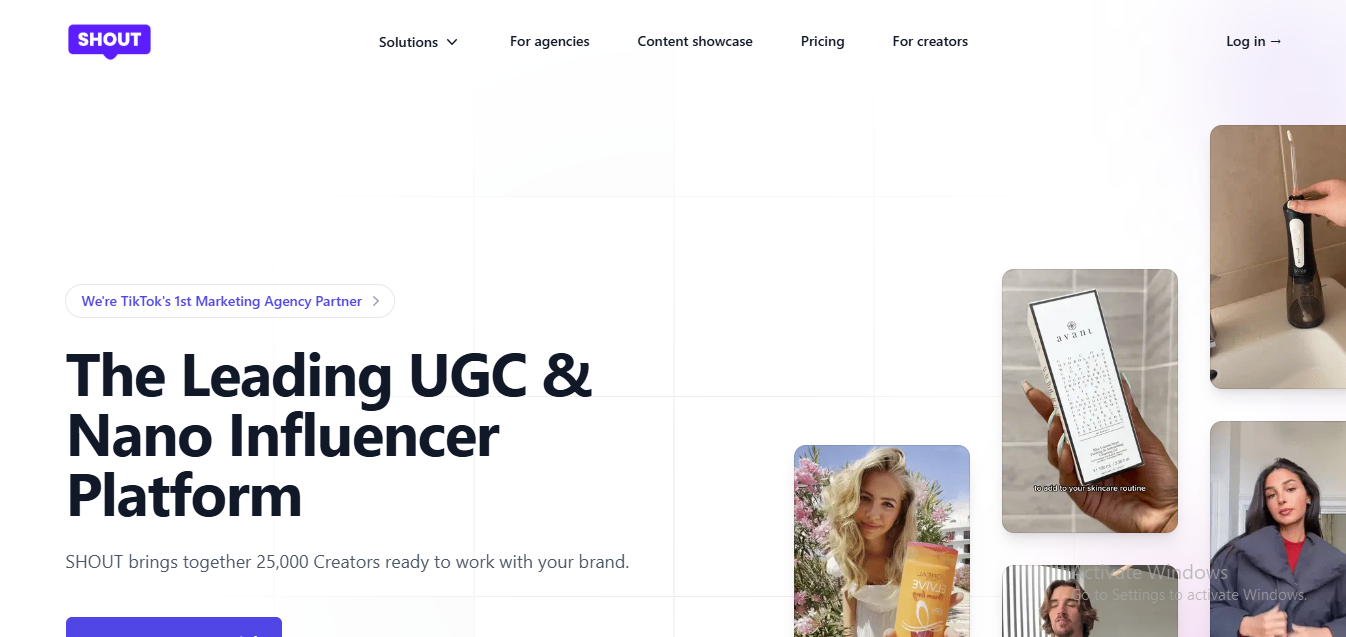
What I Liked:
-
Access to a vast network of UGC creators.
-
Flexible pay-as-you-go pricing.
-
Efficient content approval process.
What I Didn’t Like:
-
Limited campaign management tools.
-
Focus primarily on content creation, not full campaigns.
Best For: Brands seeking authentic user-generated content without long-term commitments.
Price Vibe: From £45 per video and £95 per influencer post, with platform subscription options.
24. CreatorIQ
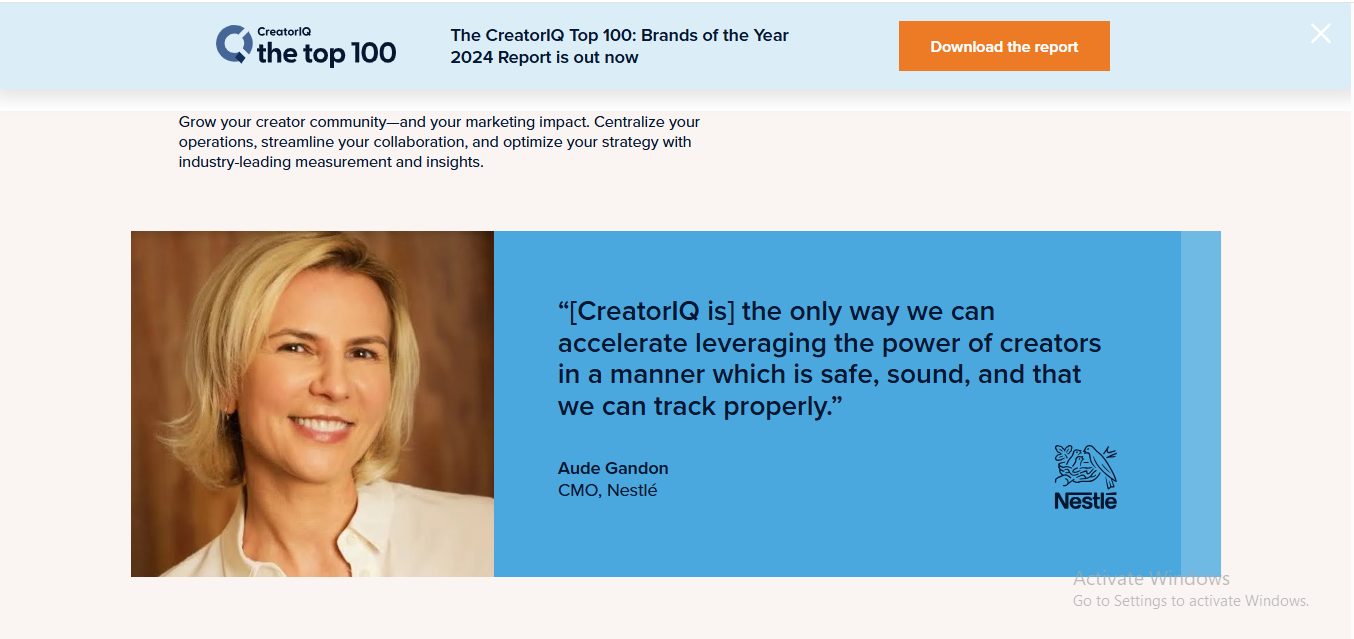
What I Liked:
-
Comprehensive influencer database.
-
Advanced analytics and reporting.
-
Strong integration capabilities.
What I Didn’t Like:
-
High pricing, suitable for large enterprises.
-
Complex setup process.
Best For: Large-scale businesses requiring in-depth influencer marketing tools.
Price Vibe: Starting at $2,350 per month, catering to businesses with substantial budgets.
25. InfluencerMarketing.ai (IMAI)
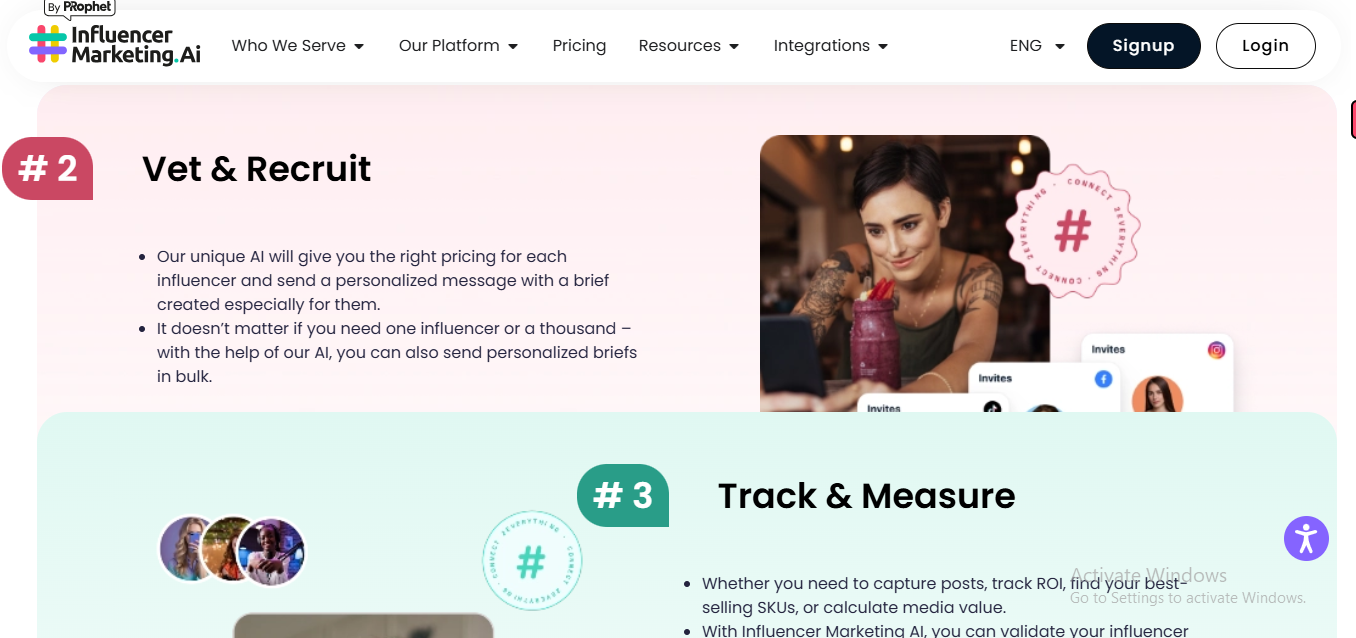
What I Liked:
-
AI-powered influencer discovery.
-
Comprehensive campaign management tools.
-
User-friendly interface.
What I Didn’t Like:
-
Limited advanced analytics.
-
Some features locked behind higher-tier plans.
Best For: Small to medium-sized businesses looking for an AI-driven influencer marketing solution.
Price Vibe: Plans start at $99/month, with more advanced features in higher tiers.
26. Traackr

What I Liked:
-
Robust influencer discovery tools.
-
Detailed audience analytics.
-
User-friendly campaign management.
What I Didn’t Like:
-
Premium pricing may deter smaller businesses.
-
Limited integration options with some platforms.
Best For: Mid to large-sized businesses seeking comprehensive influencer marketing solutions.
Price Vibe: Customized pricing based on business needs.
27. Upfluence
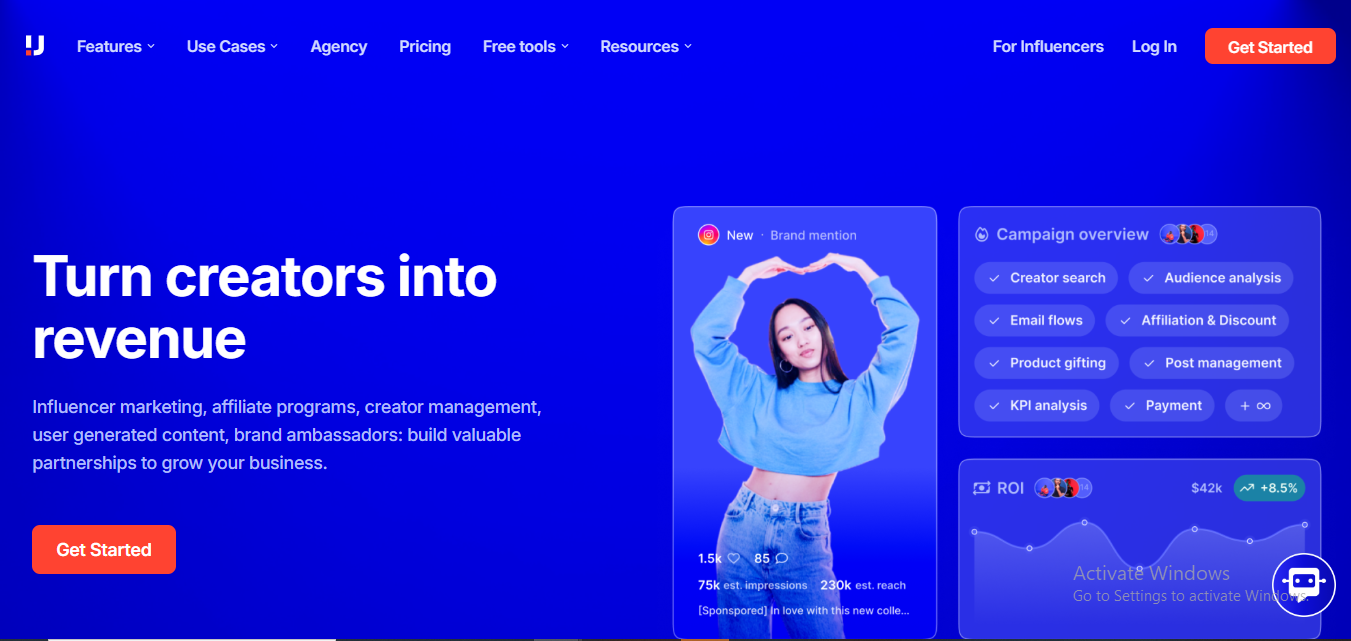
What I Liked:
-
Comprehensive influencer database.
-
Advanced analytics and reporting.
-
Strong integration capabilities.
What I Didn’t Like:
-
High pricing, suitable for large enterprises.
-
Complex setup process.
Best For: Large-scale businesses requiring in-depth influencer marketing tools.
Price Vibe: Starting at $2,350 per month, catering to businesses with substantial budgets.
28. Meltwater

What I Liked:
-
Comprehensive media monitoring tools.
-
Advanced analytics and reporting.
-
Strong integration capabilities.
What I Didn’t Like:
-
High pricing, suitable for large enterprises.
-
Complex setup process.
Best For: Large-scale businesses requiring in-depth media monitoring and analytics tools.
Price Vibe: Customized pricing based on business needs.
29. The Social Cat

What I Liked:
-
Access to a vast network of micro-influencers.
-
Flexible pay-as-you-go pricing.
-
Efficient content approval process.
What I Didn’t Like:
-
Limited campaign management tools.
-
Focus primarily on content creation, not full campaigns.
Best For: Brands seeking authentic user-generated content without long-term commitments.
Price Vibe: From £45 per video and £95 per influencer post, with platform subscription options.
- Best LeadsGorilla Alternatives for 2025 - April 22, 2025
- Best Leadzai Alternatives for 2025 - April 22, 2025
- Best LeadSwift Alternatives for 2025 - April 21, 2025




